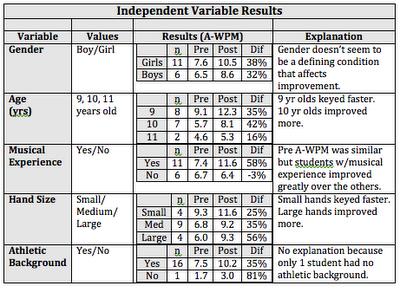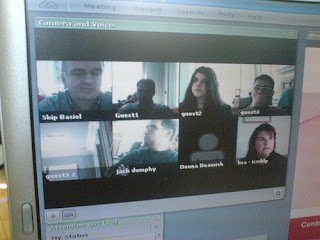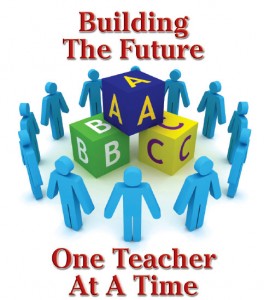The Flat Classroom Conference is unique in that it includes teachers and students from around the world. That means that we have attendees from a variety of different countries who will attend.
Believe it or not!!!!!! You can attend too!!!!!!
This conference will be streamed through the Internet. That means that people can watch it from almost anywhere in the world. But there's more . . .
Some teachers and students will be able to actually take part in the conference virtually. That means that they will be involved in the small group activities. They will listen to what is happening and respond through an online chat room for that group. Unfortunately, the deadline for signing up has passed, but you will be able to watch the conference.
There are two strands for this conference: the Leadership Strand and the Student Summit:
- The Leadership Strand will involve adults who will explore collaborative learning modes and emerging technologies that support these while designing new instructional models for immediate use in their own classrooms.
- The Student Strand will involve 100 students who will be challenged to be part of an action project which asks them to envisage solutions to problems identified as "Our Global Future Living Together."
GET INVOLVED!!!! Watch the videocast at the Streamed Video website. Here is a schedule for the conference. Please note that it begins on Friday morning in Beijing, but that is Thursday evening here in Cedar Falls.
The Scheduled Activities:
Time in Beijing is 14 hours ahead of Cedar Falls. This means that you will be watching a Friday morning presentation on Thursday evening here in Iowa. Below are the times of the conference activities with the Iowa times listed after each presentation.
Friday
8:30 Introductory Activities (Th 6:30 PM CST)
10:00 - 10:45 Technology Skills Workshops (Bootcamp) (Th 8:00 PM CST)
11:00 - 11:45 Technology Skills Workshops (Bootcamp) (Th 9:00 PM CST)
2:30 - 5:30 Sessions (Fri 12:30 - 3:30 AM)
Saturday
8:30 - 9:00 Leaders provide ideas for projects (Fri 6:30 PM CST)
9:15 - 10:00 Dr. Z and UNI Grad Students present: Instructional Design (Fri 7:15 PM CST)
11:15 - 12:15 Students present ideas (Fri 9:15 PM CST)
1:00 - 5:00 Sessions (Fri 11:00 PM CST)
Sunday
Sunday
10:15 - 10:45 Feedback for student presentations. (Sat 8:15 PM CST)
10:45 - 11:15 BE the Change presentation by Julie Lindsay (Sat 8:45 PM CST)
11:45 - 12:45 Closing Ceremony (Sat 9:45 PM CST)
Remember that all of this will be recorded so you can watch it later if you wish.
Will you be involved in this?
Z




















